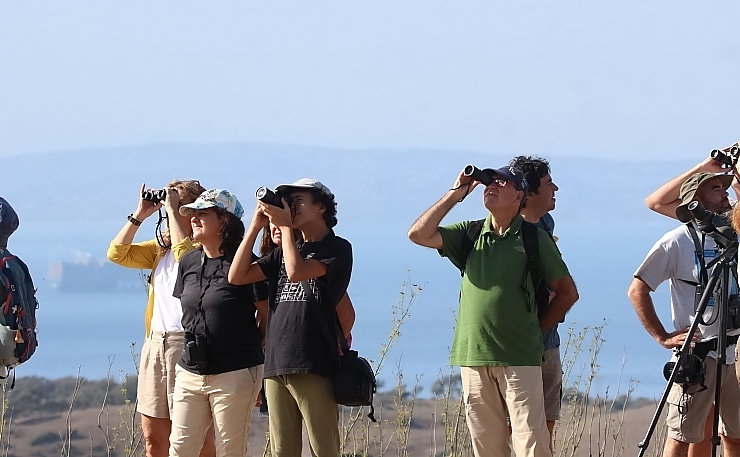
After weeks of preparation (and not writing many 10,000 Bird posts), my wife and I are finally in Spain. Algeciras, Spain, to be specific — right around the bay from Gibraltar. Drive a bit to the southwest, and you reach Tarifa, Europe’s most southerly point. And in between, you can stop at the Cazalla Soaring Bird Observatory (Cazalla Observatorio de Aves Planeadoras).
This spot has achieved quite a bit of fame as part of the staging area for hawks, eagles and vultures planning to soar south across the Straits of Gibraltar every September. It is the western European equivalent of the amazing Raptor River (Río de Rapaces) in Mexico’s eastern state of Veracruz. And let me tell you, I was itching to get there.
Our trip to southern Spain is a work trip, so it was a week until I was able to get out and bird in form. Having to wait that long made me impatient and, well, rather willfully ignorant. I took off for the site at dawn, in spite of knowing that soaring birds don’t get going until after eleven in the morning. Silly me.
Still, Spain is a land full of potential lifers for a New World birder like me, and I got one almost as soon as I got out of my rented car. European Stonechats were everywhere. Soon, a trio of English-speaking birders turned up, and helped me identify a Willow Warbler, a Crested Lark, and multiple European Honey-Buzzards — lifers all. Perhaps arriving early was not such a bad idea.
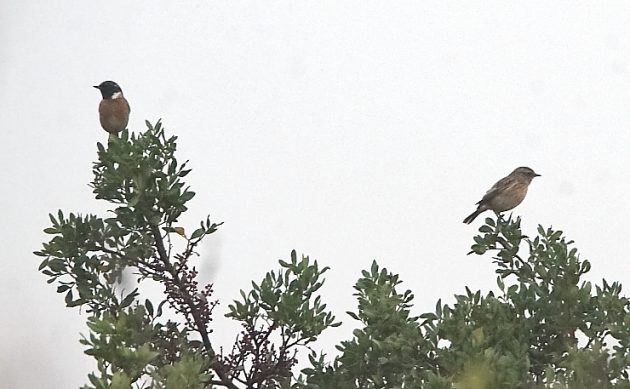
European Stonechats, male and female, in early morning light
Even before the thermals developed, there was an abundance of resident Eurasian Kestrels. (If you are not acquainted with Old World birds already, you may notice that the people who named them were extraordinarily fond of the words Eurasian and European.) A very washed-out juvenile Eurasian Blue Tit fed on fennel seeds, and the wonderfully-named Zitting Cisticola made its appearance. (Why on earth would you name a bird Eurasian, when you could use the word Zitting?)
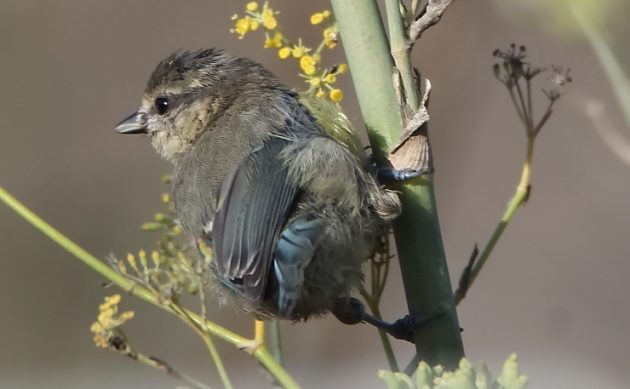
A slightly-blue Eurasian Blue Tit
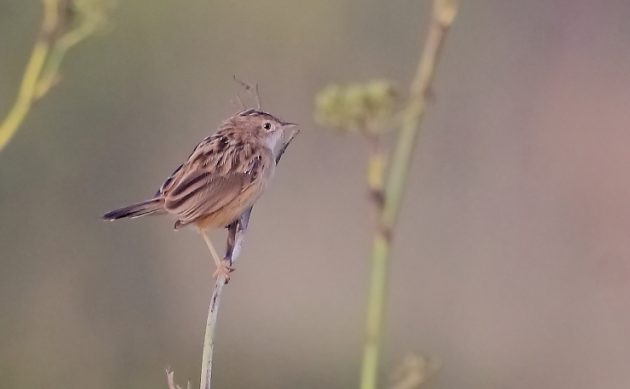
This Cisticola was indeed Zitting. Zeet!
And then, gradually, the main event began. More and more people arrived — from all over western Europe, although I seemed to be the only one present from the Americas. And so did the soaring birds. Short-toed Snake-Eagles were consistently the most abundant, with Booted Eagles taking second place.
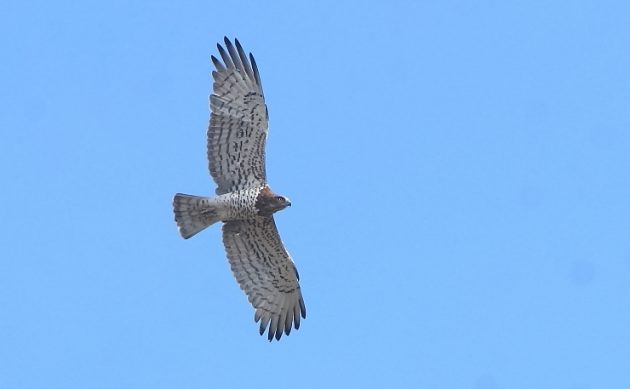
With dozens of Short-toed Snake-Eagles overhead, even I was bound to get a good image.
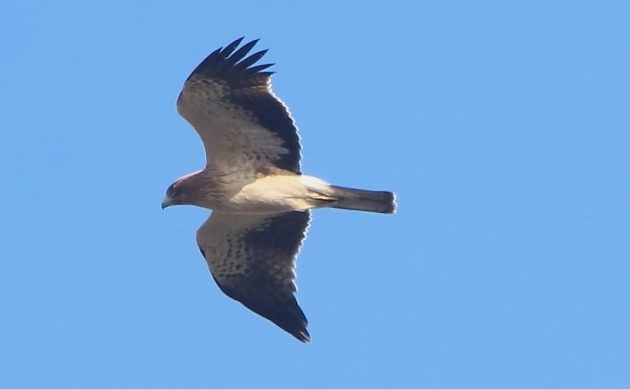
Booted Eagle
Black Kites, so much larger than any of the unrelated New World kites, would occasionally fly high overhead. And then there was a good number of one-offs: a Eurasian Marsh-Harrier, followed by a juvenile Montagu’s Harrier. An immature Bonelli’s Eagle flew by, also nice and low. (I wish I could show you my photos, but believe me, you don’t want to see those.) A Peregrine Falcon was seen in the distance, one of the day’s few species I could also have seen in Mexico. One European Sparrowhawk turned up. A Common Buzzard perched on one electrical tower, while a Long-legged Buzzard perched on the neighboring tower caused much excitement among the locals.
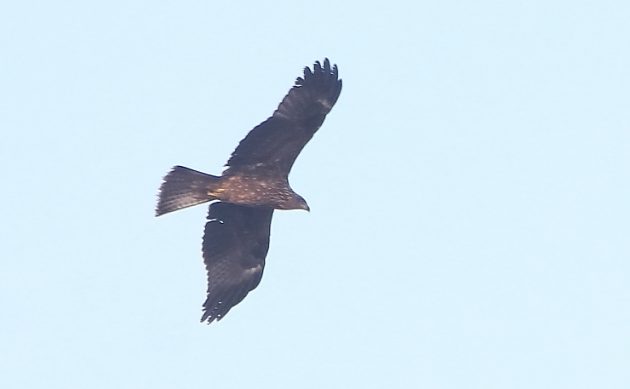
Black Kite
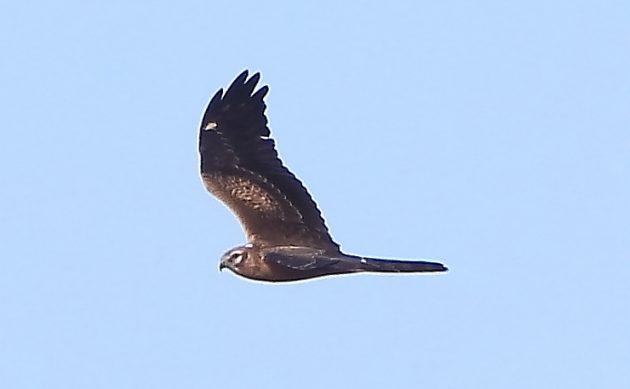
juvenile Montagu’s Harrier
The locals were also excited when a small group of Black Storks flew overhead. White Storks (the classic “baby-bringers” of legend) are increasingly common in Spain, as they have learned to use human disturbance, especially landfills, to their advantage. But Black Storks are apparently increasingly rare. Still, after the smaller group flew overhead, a larger group followed. And then another.
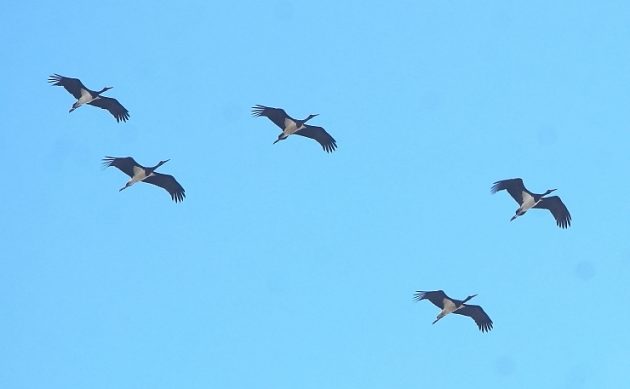
A few of the many Black Storks

One Black Stork… and a visitor
As the previous photo shows, by this time vultures had started to make their appearance. Old World vultures, unrelated to the vultures of Mexico, are massive birds. The first to turn up were Egyptian Vultures, majestic birds in their own right.
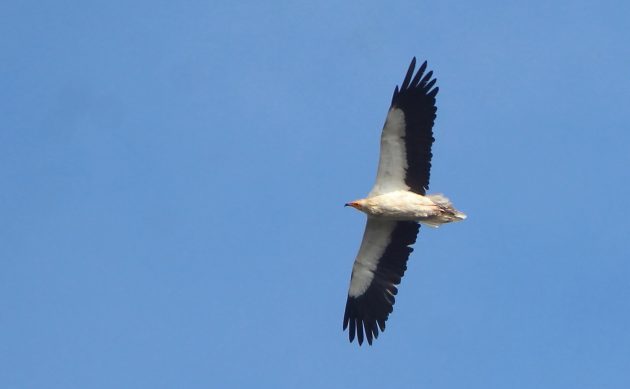
adult Egyptian Vulture

Juvenile Egyptian Vulture: only the tail shape looks the same.
But I had been waiting all morning to see one species… and it turned up just before my limited time was over. There they were… Four Eurasian Griffons! With its nine-foot wingspan, this species was at the top of my wish list.
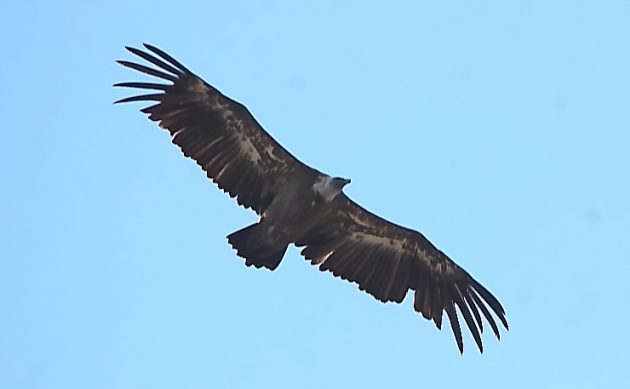
Unfortunately, by noon I had to leave Cazalla — even as things continued to become more and more interesting. Still, I went back to our temporary home satisfied, and thirteen lifers the richer.
Having now had the privilege to experience two of the world’s great raptor migrations, I’d like to end with a comparison of Cazalla and Mexico’s Raptor River (Río de Rapaces). If I had spent the day at the latter, I would have seen perhaps 100x the number of individual birds I saw in Cazalla. Look overhead in Raptor River, and you are likely to see thousands of birds at a glance. But you will probably not get a single photo of a raptor up close, and species ID is more likely to be by general shape and behavior than by getting a decent view. Still, both experiences easily make it into my lifetime top-10. Go if you possibly can.
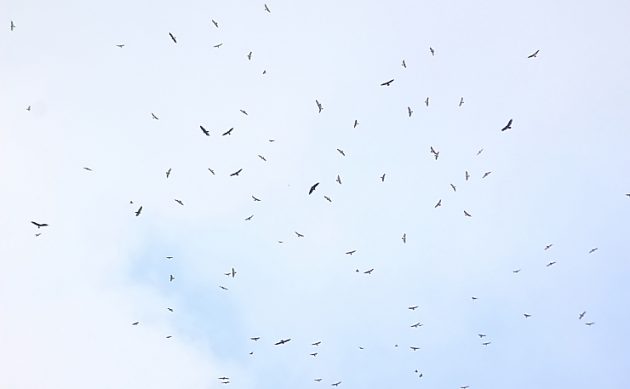
The view overhead at Río de Rapaces in Veracruz state, Mexico.

A similar piece of sky in Cazalla in the afternoon. Before noon, the raptors fly much lower.











Leave a Comment